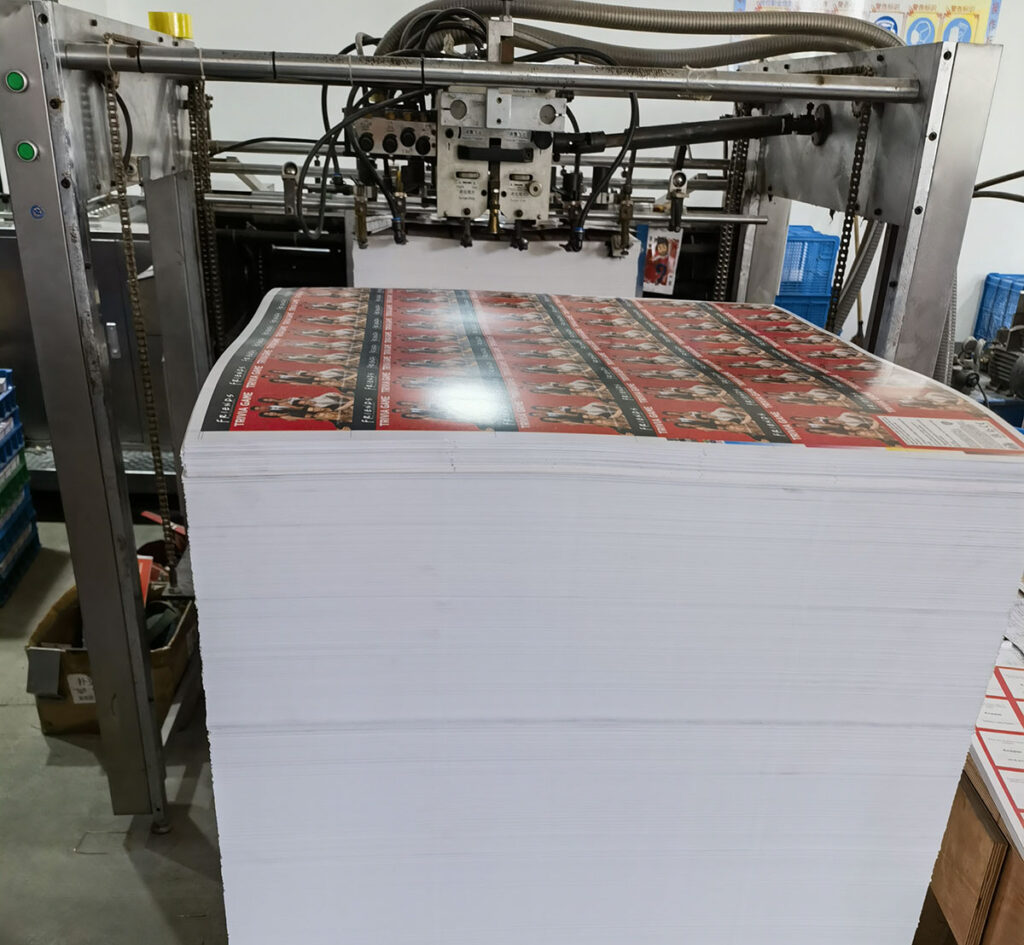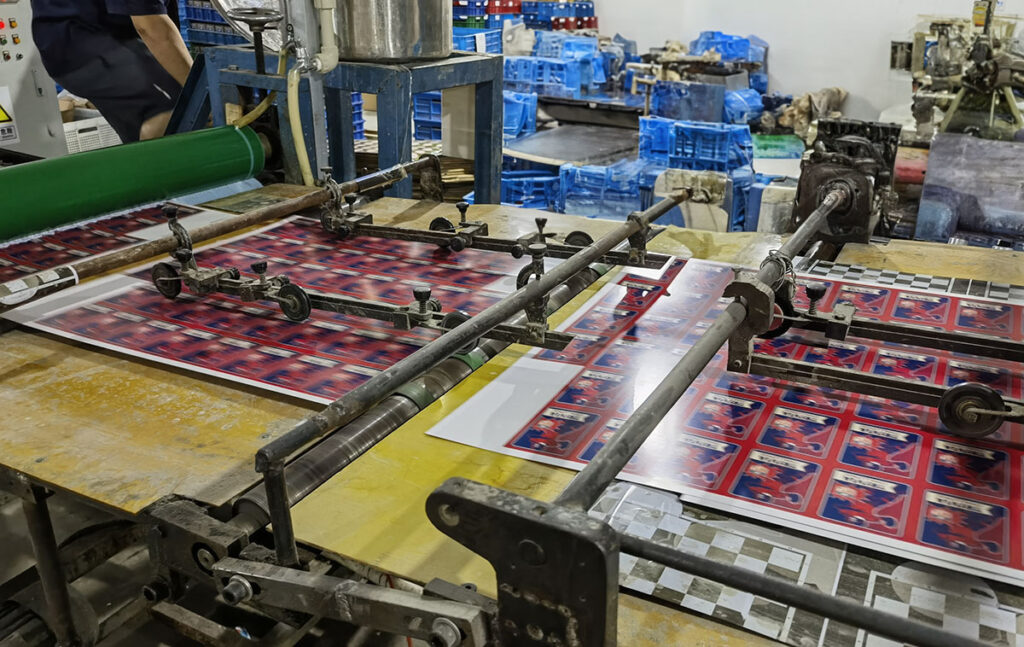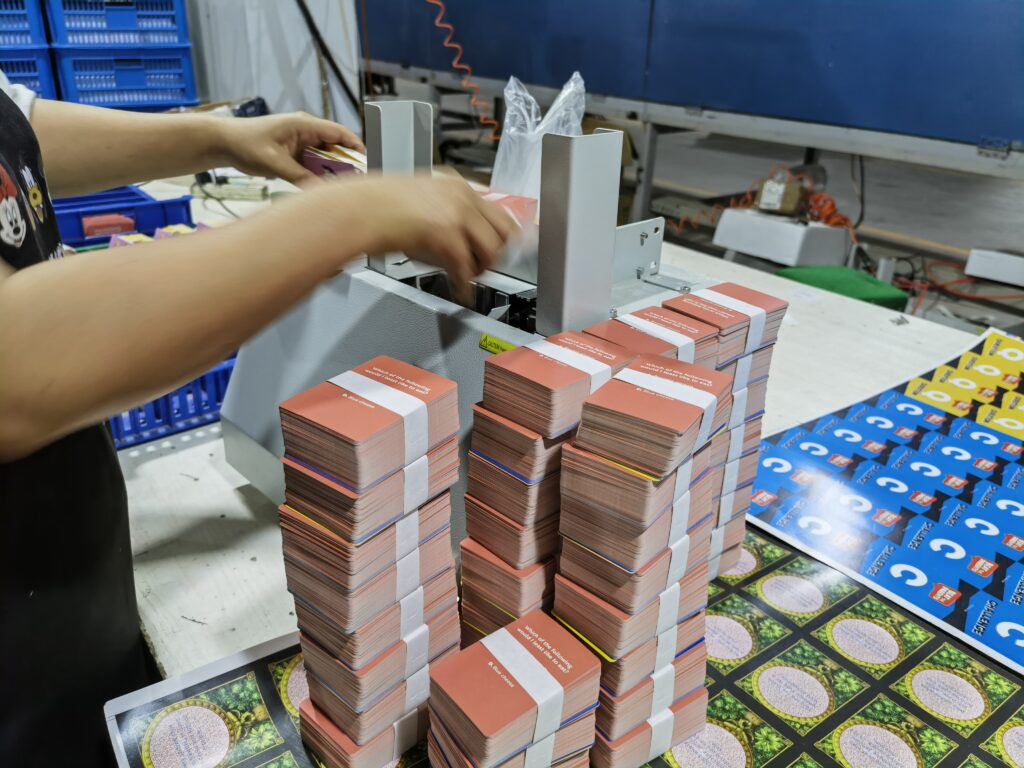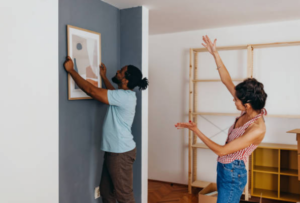Designing custom playing cards is the way to go if you want to create unique game cards. Each deck of cards gives you multiple visual and expressive options to tell your story exactly how you want.
A personalized deck of cards can make the game night much more fun, engaging, and memorable. Customized game cards also make great interesting Christmas stocking stuffers and gift ideas for special occasions.
Would you like to create a personalized deck of cards to elevate your favorite game? Would you like to make a new game and looking to create custom game cards? Would you like to sell unique game cards and add variety to your stock? You’ve come to the right place.
As a leading custom playing card printer in China, we have compiled a step-by-step guide to design and print personalized playing cards. Let’s dive right in without further ado.
Step 1: Identify the Purpose and Theme of the Custom Playing Cards
The first step to take when creating custom playing cards is to identify the purpose and theme of the cards.
After all, the kind of game to be played and how the cards are used will dictate what type of playing cards you should create and how to customize them.
Will the cards be used for classic parlor games, gambling games, board games, trading games, family games, drinking games, or party games? Are they for gifting or marketing? Do you intend to create unique decks of cards that will appeal to collectors?
With the intended purpose and theme in mind, you can create an appropriate size, shape, design, and finish for your cards.

Step 2: Decide the Size and Shape of the Custom Playing Cards
Custom game card manufacturing allows you to create any size or shape of playing cards.
There are many different playing card sizes, from mini-size cards to giant-size cards and everything in between.
You can decide to stick to the standard card sizes or come up with a custom size that suits the purpose of the cards and your creative vision.
Standard-size playing cards, such as poker and casino game cards, measure 2.5 inches x 3.5 inches (63 x 89 mm). It is the most popular playing card size because cards this size are easy to hold, view, and handle.
However, you can create cards with larger dimensions if you need more space to convey your artwork and messaging.
As for the shape, you can opt for the traditional rectangular cards. If you have a unique profile in mind, you can also have customized molds made.
Step 3: Design Your Custom Playing Cards
Once you’ve defined your playing cards’ theme, purpose, size, and shape, it’s time to flex your creativity by brainstorming and sketching potential card designs.
The degree of customization you have will depend on the purpose of the playing cards. You can tailor the cards’ front and back sides or have a custom back with a creative design. You can even have a unique design on each card in the deck.
Add images and text boxes with inspirational or promotional messages and try different backgrounds, fonts, frames, and edges. If you are using custom tuck boxes, create a design for the packaging too.
Play with different options until you find a design that fits with the concept or theme of the cards. Ensuring your creative and artistic elements will maintain the cards’ functionality.
We recommend you first sketch your ideas in a sketchbook or on paper. You can then use design software such as Photoshop, Adobe Illustrator, or InDesign to transform the card designs into digital format and customize the layout further.
If you prefer, we can handle the card design for you. Our Jabay Games team of talented graphic designers can come up with custom playing card designs to suit your specifications or help you fine-tune the strategy you have in mind.
Step 4: Choose a Custom Playing Card Manufacturer and Paper Stock
Now, it’s time to make two critical decisions affecting the quality and performance of your personalized playing cards: the choice of materials and the playing card printing company.
Research different companies and select a reputable and experienced custom game card manufacturer that prints their cards in-house. This allows them to have complete control over the entire production process.
Choosing the right paper stock is essential for durable cards that handle well. Whether you prefer soft and flexible cards that shuffle quickly or are looking for thick and stiff cards, it’s all about making the right choice of material.
The standard weight of the card paper stock is indicated in grams per square meter (gsm). For example, there are 300gsm, 350gsm, and 400gsm paperweights.
There are always art paper, white card, and so on for the regular material.
Beyond the usual layered paper and plastic card stock, you can also print your personalized cards on specialty materials such as foil or holographic paper to decorate the printed artwork.
Pay attention to the following specifications when deciding what type of cardstock to use for your personalized game cards:
16pt, 18pt, 32pt, and 38pt refer to card stock thickness. The higher the number, the thicker and stronger the cards will be.
Terms such as ivory-core, silver-core, gray-core, blue-core, or black-core refer to the color and opaqueness of the core materials.
Below is an overview of a card printing factory’s custom card production process.
Step 5: Custom Game Cards Design Confirmation and Prototyping
It’s time to submit your card designs and artwork to your chosen custom playing card printer.
To do this, navigate to their online custom card making a page on their website. You can upload your artwork images, design files, and messaging from here. Preview your artwork and design before you place your order for customized playing cards.
Before printing the playing cards, the card printer renders the card designs on one page. This page is called the artwork printing check sheet (APCS). You can then review the APCS to ensure the artwork, color output, and other parameters suit your requirements.
After you’ve confirmed the design and preferred paper stock, the game card manufacturer can produce a prototype for you to check. Once you approve the prototype, the cards are released into bulk production.
Step 6: Printing the Custom Game Cards
The best game card makers use seven-color or lithography printing methods to produce cards with true, deep, and rich colors. Playing cards can be printed using a web press or a sheet-fed press.
A web press is ideal for large print runs because it produces a high volume of playing cards quickly and accurately. On the other hand, a sheet-fed media allows more precision in printing and cutting. However, it’s only suitable for small orders as it’s slower and less efficient than a web press.
A lithography printing press uses rubber rollers to transfer images from printing plates to card stock. Here’s an overview of the playing card printing process:
- Printing plates bearing the artwork for the front and the back of the playing cards are prepared.
- The plates are mounted on rotating cylinders in the printing press. Ink rollers apply fast-drying ink onto the leaves.
- A rubber roller passes over the printing plate, and the ink from the plate is transferred to it.
- Paper stock fed into the press passes under the rubber roller, and the card design is applied to it, forming the cards sheet or pasteboard.
Step 7: Applying a Finishing Treatment
The next step after printing is surface treatment. A coating or finish is applied to the cards to protect them from moisture and damage. The layer also gives the cards the desired texture and ensures that the cards handle smoothly.
Different kinds of finishes can be chosen depending on how you want your custom game cards to look, feel, and handle.
Varnish is the most common game card finish. It’s a liquid gloss treatment the printing press applies to seal in the ink.
For maximum protection, the lamination finish makes cards scratch and water-resistant. You can opt for gloss or anti-scratch matte lamination.
Specialty finishes such as spot UV treatment, foil stamping, foil gilt edge, linen texture, embossing, and debossing are also available and offer additional opportunities to personalize your cards.
Step 8: Cutting and Punching the Cards
What comes out of the professional printing machine is a big sheet of card paper with multiple cards printed on it. Designers make suitable print plates for each artwork. The individual cards have to be cut out of this sheet. They also have to undergo punching to achieve a professional look and feel.
Once the printed cards are printed and cured, they are ready for cutting and punching.
The printed sheets pass through a drum with a die that’s identical in size and shape to the cards. Using high-precision die-cutting machines is essential to ensure accurate and precise cuts.
Although the die-cut machine makes precise and consistent cuts, it leaves cards with rough edges and square corners. The stacks of cards must pass through the punching stations to smooth the edges and round off the corners.
After cutting and punching, the cards have beautiful smooth edges and corners and are ready for final assembly and packaging.
Step 9: Final Inspection of the Playing Cards
A high-quality custom game card manufacturer has established professional quality control measures AQL 2.0 throughout production.
They will evaluate the stock paper against the required standards, test the ink for solubility and viscosity, verify that the printing plates are working well, and randomly check printed sheets for errors and smears.
Before assembly and packaging into tuck boxes and shipping master carton boxes, a final inspection is conducted to ensure the finished cards are up to quality standards and free from defects or errors.
Step 10: Final Assembly and Packaging
Finally, the decks of personalized playing cards are ready for assembly into sets and final packaging for shipping.
The decks of cards are first organized in the correct order and stacked into tiers. The completed decks are then put into tuck boxes. If you’re printing a complete game, the cards are assembled as components of the game sets.
Next, the boxes are closed, sealed, and shrink-wrapped by a paper belt for added protection from the elements.
Lastly, the boxes of cards are put into shipping boxes and sealed, and then the correct labels are applied. The custom cards are now ready for shipping to your customers’ destinations.
Tips for Custom Game Card Design and Printing Success
Besides using a high-quality playing card printer, how well your personalized cards will turn out is determined by how you set up your artwork and other design files. Here are some tips to follow when designing and printing customized game cards:
- Your design artwork is usually in CMYK color, sometimes PMS color. This printing color gives you an accurate picture of how your printed custom cards will look like. When using CMYK printing color, you can be sure your cards will look exact as they appear on the screen. Although RPG colors look good on screen, they cannot be produced accurately on card stock.
- All images you use should have 300 Dpi resolution or higher. This resolution ensures your cards will look good and deliver a great playing experience. The higher the resolution, the higher the clarity of the cards.
- Ensure your card design artwork is in vector files, as they produce the cleanest cards. Your die cuts should also have different layers. It provides ample space for your game card printer to correct any problem.
- Save your design files in PDF or AI format. These two file types make it easier for your card printer to correct any discrepancies. PNG, JPG, TIF, and PSD files can present challenges because of color differences and other parameters.
- Ensure to leave a small area around the artwork design for the cards and tuck boxes. Locate your artwork and other design elements at least 3 mm from the cutting line. This space is called a bleed area and is a buffer to prevent misalignment when cutting the cards and boxes.
- All the text and font in your design should be embedded and editable, which makes it easy for your card printer to correct any typos that may be present.
- Last but not least, clarify your card requirements and double-check your spec sheet before making your order.These tips above can prevent mistakes and save time by eliminating excessive back-and-forth correspondence with your printing partner.
Conclusion
Creating your deck of cards is an involving but fun and rewarding endeavor. The result is a one-of-a-kind creation of your own you can use, gift, or sell to other game players.
The good news is that making playing cards from scratch isn’t overwhelming when you know what steps to follow. You don’t even need to have extraordinary artistic talent or design training.
Define the theme and purpose of your cards and figure out your card design and artwork. You can then identify a reliable game card printer and provide them with the artwork files, your card material and finish of choice, and any other specification.
Lastly, wait for your cards to be printed, treated, packaged, and delivered to your destination.
Ready to design and create your deck of custom playing cards? Try our custom playing card printing service today. Our Jabay team of game card design and printing experts will work with you through the entire process.
We are a top game card printing manufacturer in China with over 12 years of experience in the playing cards industry. Our factory makes personalized playing cards for game designers, publishers, Kickstarter projects, casinos, individuals, retailers, and institutions.
With advanced printing equipment and Strict quality control system, we Jabay Games can produce beautiful,high-quality playing cards for domestic and international custoemrs.If you have any questions about customized playing cards games,don’t hesitate to contact us!
[wpforms id=”2549″]












